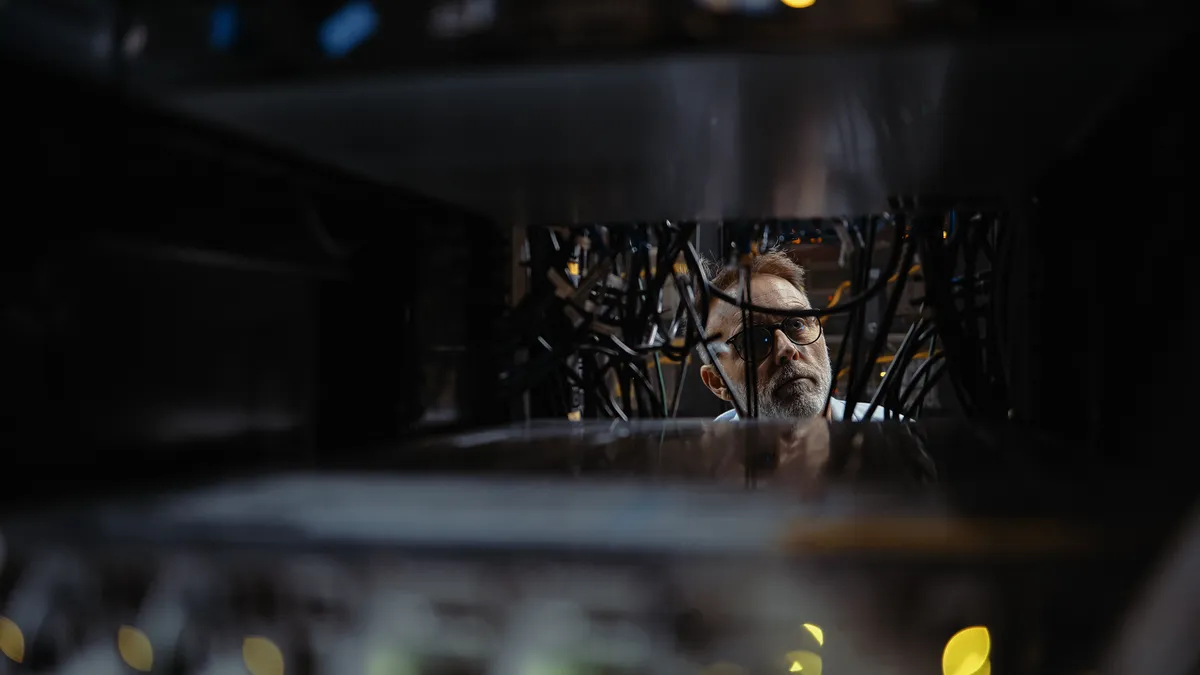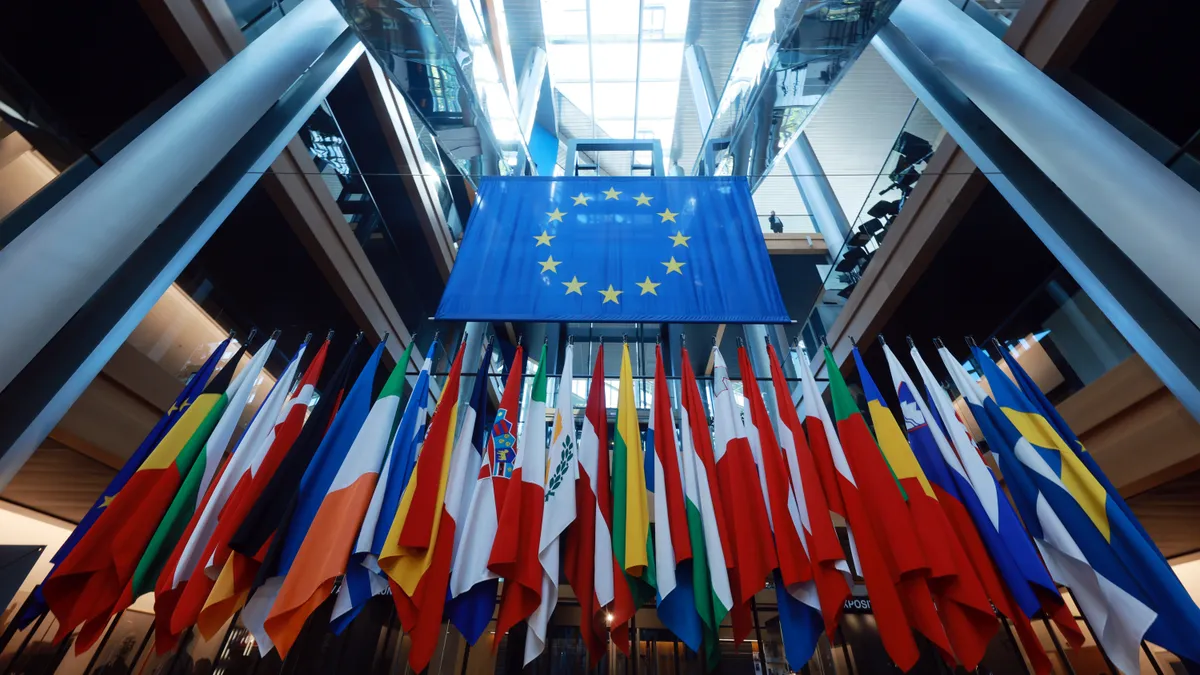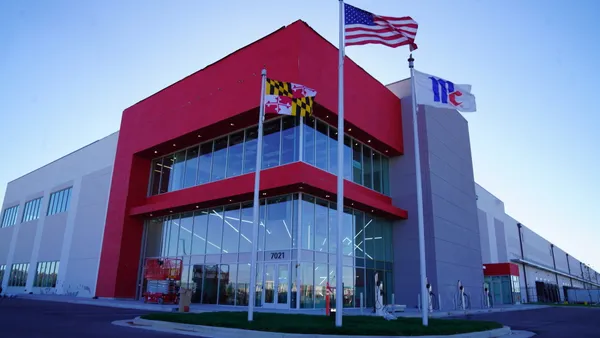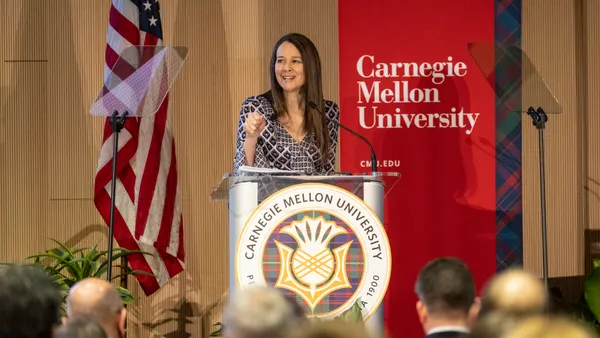Leaders are closing out 2024 with more certainty about which AI applications can help their businesses and which are not a good fit. But as executives work to deploy the star technology of the last couple of years, more innovation lies ahead.
CIOs are still working to set up the right trust and risk framework around their existing AI deployments. There is also a widespread effort to embrace a recent development from software vendors: the push toward agentic AI, systems that can autonomously act on behalf of business units.
In 2025, leaders must determine how to make the most of AI's potential, according to Gartner's top strategic trends, released earlier this month.
Here are seven of Gartner’s top strategic technology trends to watch:
Shift in AI strategy
1. Agentic AI
Leading enterprise software vendors — including Salesforce, Microsoft and SAP — have unveiled agentic offerings that promise independent task execution. Humans can oversee the automated actions and step in if something goes awry.
Gartner projects AI agents will execute 15% of daily work decisions by 2028, a sign of ongoing adoption of agentic AI and a drastic change from 0% this year.
2. AI governance platforms
Enterprise AI adoption efforts continue to hit risk and security roadblocks, leading the majority of Fortune 500 businesses to flag AI-related risks in securities disclosures.
As concerns over AI risks mount, Gartner says CIOs can turn to AI governance platforms to "manage the legal, ethical and operational performance of their AI systems."
By 2028, Gartner expects businesses that leverage these comprehensive AI governance platforms will experience 40% less ethical incidents related to AI than organizations that lack them.
A computing retool
3. Energy-efficient computing
As compute-intensive AI workloads drive up energy consumption, large organizations and providers are weighing how their technology decisions impact sustainability. Spending, too, is part of the equation, as businesses confront soaring cloud bills. Though businesses are investing massively in infrastructure, they also need the energy to fuel high-powered computing.
Gartner expects energy-efficient computing techniques — including the use of a rising class of components, like optical and neuromorphic accelerators — will rise in importance through the end of the decade.
4. Hybrid computing
Businesses are expected to mix and match the computing frameworks that best meet their needs, using several storage, network and computing mechanisms to fuel digital aspirations.
This mixed approach will include GPUs, CPUs and edge computing. Orchestrating these techniques together can mean new use cases for applications, including AI. Edge computing is already gaining traction thanks to its ability to process data right on-site.
5. Spatial computing
This framework leverages augmented and virtual reality to offer a richer interaction between physical and virtual experiences. For businesses, Gartner expects this approach will allow more streamlined workflows and collaborations in the next five to seven years. Spending in this category will skyrocket in the next decade, reaching $1.7 trillion in 2033, up from $110 billion in 2023, Gartner says.
Eye on security
6. Disinformation security
Disinformation security is a category of tech services that can ensure integrity, assess authenticity, deter impersonation and monitor the spread of harmful information in an enterprise setting.
Fearing the impact of disinformation campaigns, half of businesses are expected to leverage these services over the next four years, Gartner said.
7. Post-quantum cryptography
As organizations work to ensure the safety of their data, post-quantum cryptography — algorithms designed to fend off attacks from classical and quantum computers — is emerging as a technique resistant to quantum computing decryption risks.
The analyst firm expects conventional cryptography to be unsafe to use in the next five years, leaving companies to leverage more advanced methods to protect their information.













